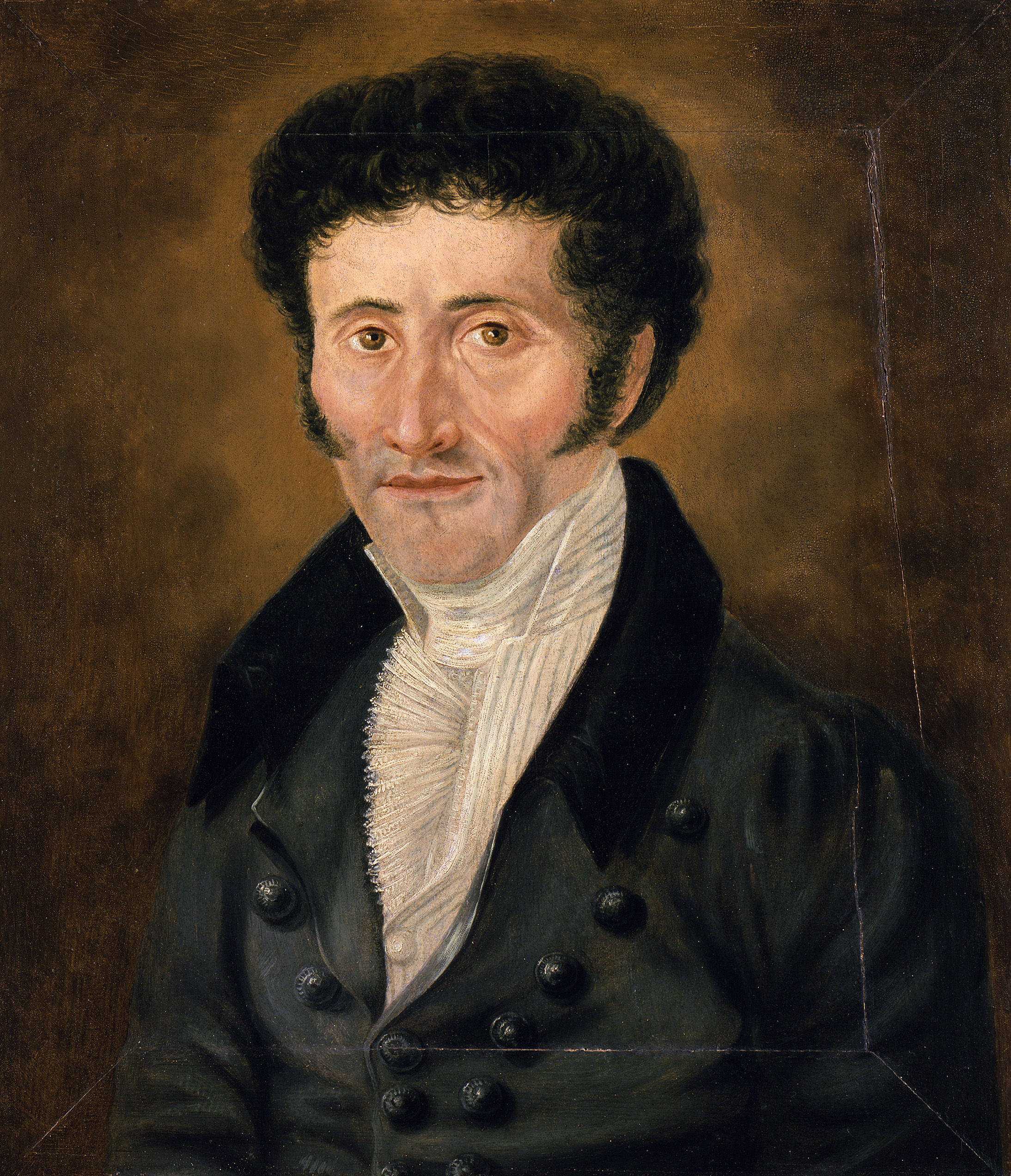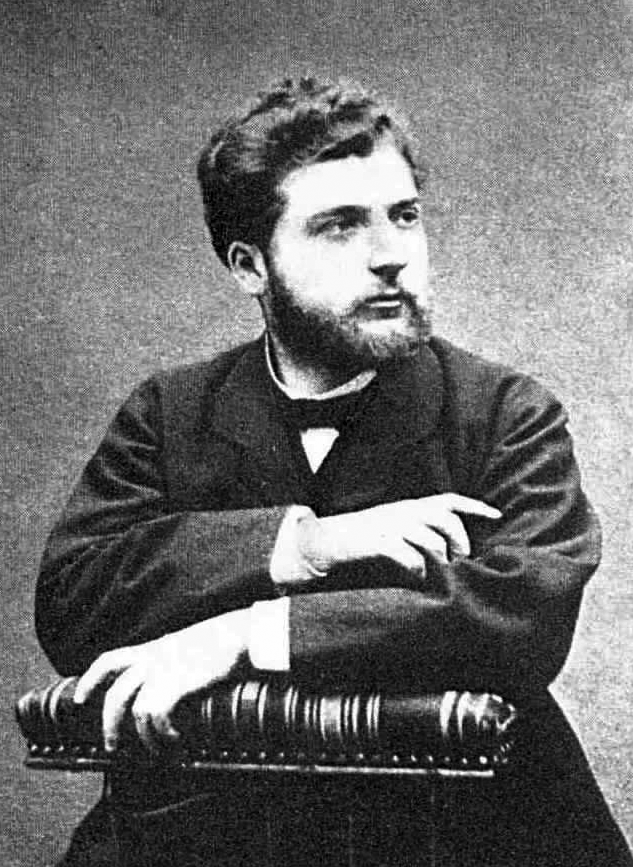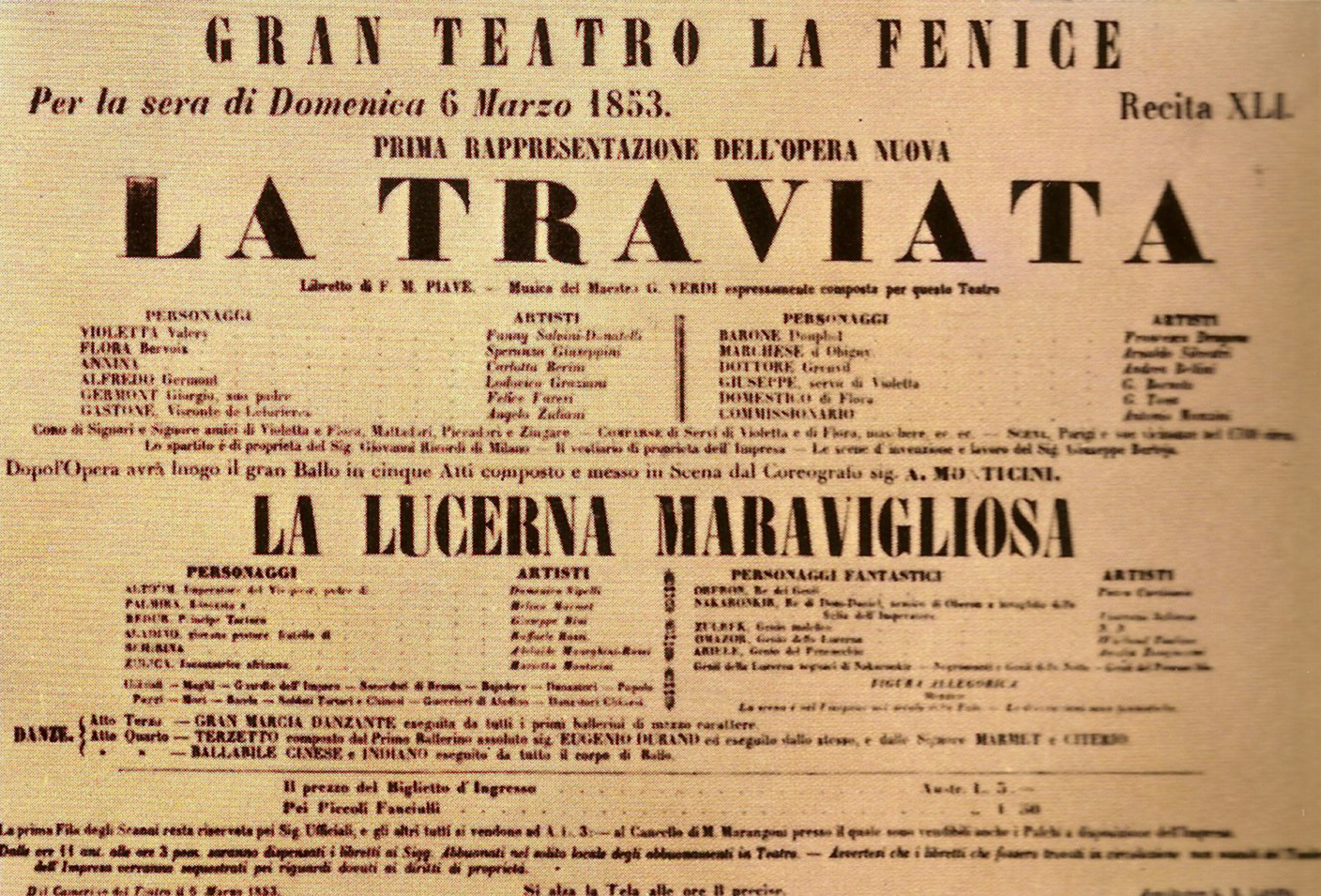|
Consuelo Escobar De Castro
Consuelo Escobar ( San Luis Potosí, November 19, 1887 – October 30, 1967) was a Mexican soprano, teacher and businesswoman. Biography Escobar studied at the National Conservatory of Music, Mexico, and had Antonia Ochoa as singing teacher. After her graduation, she went to Italy where she was a student of Cottone teacher. On her return to Mexico, in 1910, she debuted at the Arbeu Theater in the world premiere of the Mexican opera ''Nicolás Bravo'', with libretto by Ignacio Mariscal, secretary of Foreign Affairs of the Porfirista cabinet, and music by Rafael J. Tello, playing María. With this composer she participated in the Compañía de Ópera Popular (1915) and at that time she joined the lyrical cuatro of the Compañía Impulsora de Ópera of José Pierson, with which she sang several times in the theaters Iris, Arbeu, Politeama and Nacional. Later, she was hired by the San Carlo Opera Company and the Ravigna Park of Chicago, with which she toured the United States in plac ... [...More Info...] [...Related Items...] OR: [Wikipedia] [Google] [Baidu] |
San Luis Potosí
San Luis Potosí (), officially the Free and Sovereign State of San Luis Potosí ( es, Estado Libre y Soberano de San Luis Potosí), is one of the 32 states which compose the Federal Entities of Mexico. It is divided in 58 municipalities and its capital city is San Luis Potosí City. Located in Central Mexico, San Luis Potosí is bordered by seven other Mexican states: Nuevo León to the north; Tamaulipas to the north-east; Veracruz to the east; Hidalgo, Querétaro and Guanajuato to the south; and Zacatecas to north-west. In addition to the capital city, other major cities in the state include Ciudad Valles, Matehuala, Rioverde, and Tamazunchale. History In pre-Columbian times, the territory now occupied by the state of San Luis Potosí contained parts of the cultural areas of Mesoamerica and Aridoamerica. Its northern and western-central areas were inhabited by the Otomi and Chichimeca tribes. These indigenous groups were nomadic hunter-gatherers. Although many indigenou ... [...More Info...] [...Related Items...] OR: [Wikipedia] [Google] [Baidu] |
Les Contes D'Hoffman
''The Tales of Hoffmann'' (French: ) is an by Jacques Offenbach. The French libretto was written by Jules Barbier Paul Jules Barbier (8 March 182516 January 1901) was a French poet, writer and opera librettist who often wrote in collaboration with Michel Carré. He was a noted Parisian bon vivant and man of letters. Composition history and sources Offenbach saw a play, , written by Barbier and Michel Carré and produced at the Odéon-Théâtre de l'Europe, Odéon Theatre in Paris in 1851. After returning from America in 1876, Offenbach learned that Barbier had adapted the play, which had now set to music at the Opéra. ...[...More Info...] [...Related Items...] OR: [Wikipedia] [Google] [Baidu] |
People From San Luis Potosí
A person ( : people) is a being that has certain capacities or attributes such as reason, morality, consciousness or self-consciousness, and being a part of a culturally established form of social relations such as kinship, ownership of property, or legal responsibility. The defining features of personhood and, consequently, what makes a person count as a person, differ widely among cultures and contexts. In addition to the question of personhood, of what makes a being count as a person to begin with, there are further questions about personal identity and self: both about what makes any particular person that particular person instead of another, and about what makes a person at one time the same person as they were or will be at another time despite any intervening changes. The plural form "people" is often used to refer to an entire nation or ethnic group (as in "a people"), and this was the original meaning of the word; it subsequently acquired its use as a plural form of per ... [...More Info...] [...Related Items...] OR: [Wikipedia] [Google] [Baidu] |
1967 Deaths
Events January * January 1 – Canada begins a year-long celebration of the 100th anniversary of Confederation, featuring the Expo 67 World's Fair. * January 5 ** Spain and Romania sign an agreement in Paris, establishing full consular and commercial relations (not diplomatic ones). ** Charlie Chaplin launches his last film, ''A Countess from Hong Kong'', in the UK. * January 6 – Vietnam War: USMC and ARVN troops launch '' Operation Deckhouse Five'' in the Mekong Delta. * January 8 – Vietnam War: Operation Cedar Falls starts. * January 13 – A military coup occurs in Togo under the leadership of Étienne Eyadema. * January 14 – The Human Be-In takes place in Golden Gate Park, San Francisco; the event sets the stage for the Summer of Love. * January 15 ** Louis Leakey announces the discovery of pre-human fossils in Kenya; he names the species '' Kenyapithecus africanus''. ** American football: The Green Bay Packers defeat the Kansas City Chiefs 35–10 in th ... [...More Info...] [...Related Items...] OR: [Wikipedia] [Google] [Baidu] |
1887 Births
Events January–March * January 11 – Louis Pasteur's anti-rabies treatment is defended in the Académie Nationale de Médecine, by Dr. Joseph Grancher. * January 20 ** The United States Senate allows the Navy to lease Pearl Harbor as a naval base. ** British emigrant ship ''Kapunda'' sinks after a collision off the coast of Brazil, killing 303 with only 16 survivors. * January 21 ** The Amateur Athletic Union (AAU) is formed in the United States. ** Brisbane receives a one-day rainfall of (a record for any Australian capital city). * January 24 – Battle of Dogali: Abyssinian troops defeat the Italians. * January 28 ** In a snowstorm at Fort Keogh, Montana, the largest snowflakes on record are reported. They are wide and thick. ** Construction work begins on the foundations of the Eiffel Tower in Paris, France. * February 2 – The first Groundhog Day is observed in Punxsutawney, Pennsylvania. * February 4 – The Interstate Commerce Act ... [...More Info...] [...Related Items...] OR: [Wikipedia] [Google] [Baidu] |
Bel Canto
Bel canto (Italian for "beautiful singing" or "beautiful song", )—with several similar constructions (''bellezze del canto'', ''bell'arte del canto'')—is a term with several meanings that relate to Italian singing. The phrase was not associated with a "school" of singing until the middle of the 19th century, when writers in the early 1860s used it nostalgically to describe a manner of singing that had begun to wane around 1830. Nonetheless, "neither musical nor general dictionaries saw fit to attempt definition f bel cantountil after 1900". The term remains vague and ambiguous in the 21st century and is often used to evoke a lost singing tradition. History of the term and its various definitions As generally understood today, the term ''bel canto'' refers to the Italian-originated vocal style that prevailed throughout most of Europe during the 18th and early 19th centuries. Late 19th- and 20th-century sources "would lead us to believe that ''bel canto'' was restricted to ... [...More Info...] [...Related Items...] OR: [Wikipedia] [Google] [Baidu] |
Rigoletto
''Rigoletto'' is an opera in three acts by Giuseppe Verdi. The Italian libretto was written by Francesco Maria Piave based on the 1832 play ''Le roi s'amuse'' by Victor Hugo. Despite serious initial problems with the Austrian censors who had control over northern Italian theatres at the time, the opera had a triumphant premiere at La Fenice in Venice on 11 March 1851. The work, Verdi's sixteenth in the genre, is widely considered to be the first of the operatic masterpieces of Verdi's middle-to-late career. Its tragic story revolves around the licentious Duchy of Mantua, Duke of Mantua, his hunch-backed court jester Rigoletto, and Rigoletto's daughter Gilda. The opera's original title, ''La maledizione'' (The Curse), refers to a curse placed on both the Duke and Rigoletto by a courtier whose daughter the Duke has seduced with Rigoletto's encouragement. The curse comes to fruition when Gilda falls in love with the Duke and sacrifices her life to save him from the assassin hired by ... [...More Info...] [...Related Items...] OR: [Wikipedia] [Google] [Baidu] |
Lucia Di Lammermoor
''Lucia di Lammermoor'' () is a (tragic opera) in three acts by Italian composer Gaetano Donizetti. Salvadore Cammarano wrote the Italian-language libretto loosely based upon Sir Walter Scott's 1819 historical novel ''The Bride of Lammermoor''. Donizetti wrote ''Lucia di Lammermoor'' in 1835, when he was reaching the peak of his reputation as an opera composer. Gioachino Rossini had recently retired and Vincenzo Bellini had died shortly before the premiere of ''Lucia'' leaving Donizetti as "the sole reigning genius of Italian opera".Mackerras, p. 29 Not only were conditions ripe for Donizetti's success as a composer, but there was also a widespread interest in the history and culture of Scotland. The perceived romance of its violent wars and feuds, as well as its folklore and mythology, intrigued 19th century readers and audiences. Sir Walter Scott dramatized these elements in his novel ''The Bride of Lammermoor'', which inspired several musical works including ''Lucia''.Mackerra ... [...More Info...] [...Related Items...] OR: [Wikipedia] [Google] [Baidu] |
Les Pêcheurs De Perles
' (''The Pearl Fishers'') is an opera in three acts by the French composer Georges Bizet, to a libretto by Eugène Cormon and Michel Carré. It was premiered on 30 September 1863 at the Théâtre Lyrique in Paris, and was given 18 performances in its initial run. Set in ancient times on the island of Ceylon (Sri Lanka), the opera tells the story of how two men's vow of eternal friendship is threatened by their love for the same woman, whose own dilemma is the conflict between secular love and her sacred oath as a priestess. The friendship duet "", generally known as "The Pearl Fishers Duet", is one of the best-known in Western opera. At the time of the premiere, Bizet (born on 25 October 1838) was not yet 25 years old: he had yet to establish himself in the Parisian musical world. The commission to write ' arose from his standing as a former winner of the prestigious Prix de Rome. Despite a good reception by the public, press reactions to the work were generally hostile and dismiss ... [...More Info...] [...Related Items...] OR: [Wikipedia] [Google] [Baidu] |
La Traviata
''La traviata'' (; ''The Fallen Woman'') is an opera in three acts by Giuseppe Verdi set to an Italian libretto by Francesco Maria Piave. It is based on ''La Dame aux camélias'' (1852), a play by Alexandre Dumas ''fils'' adapted from his own 1848 novel. The opera was originally titled ''Violetta'', after the main character. It was first performed on 6 March 1853 at La Fenice opera house in Venice. Piave and Verdi wanted to follow Dumas in giving the opera a contemporary setting, but the authorities at La Fenice insisted that it be set in the past, "c. 1700". It was not until the 1880s that the composer's and librettist's original wishes were carried out and " realistic" productions were staged. ''La traviata'' has become immensely popular and is among the most frequently performed of all operas. Composition history For Verdi, the years 1851 to 1853 were filled with operatic activity. First, he had agreed with the librettist Salvadore Cammarano on a subject for what would ... [...More Info...] [...Related Items...] OR: [Wikipedia] [Google] [Baidu] |
Conservatorio Nacional De Música (Mexico)
The Conservatorio Nacional de Música (''National Conservatory of Music'', in Spanish) is a music conservatory located in the Polanco neighborhood of Mexico City, Federal District, Mexico. History The Conservatory was founded on July 1, 1866, by the priest, teacher and choir conductor Agustín Caballero, with the support of the Mexican Philharmonic Society (Sociedad Filarmónica Mexicana) and Emperor Maximilian I. It is the oldest official school of music in Mexico City (the oldest conservatory in Mexico and in the Americas is the Conservatorio de las Rosas in Morelia, Michoacán, Mexico, created in 1743), and it is the host institution of the oldest symphonic orchestra in the country (Orquesta Sinfónica del Conservatorio Nacional, founded in 1881). Since March 18, 1949, its campus is located in the Polanco section of Mexico City in an architectural complex designed and built by Mario Pani. Noted alumni * Juan Arvizu, lyric tenor. * Carlos Chávez, composer and conduct ... [...More Info...] [...Related Items...] OR: [Wikipedia] [Google] [Baidu] |
La Sonnambula
''La sonnambula'' (''The Sleepwalker'') is an opera semiseria in two acts, with music in the '' bel canto'' tradition by Vincenzo Bellini set to an Italian libretto by Felice Romani, based on a scenario for a ''ballet-pantomime'' written by Eugène Scribe and choreographed by Jean-Pierre Aumer called ''La somnambule, ou L'arrivée d'un nouveau seigneur''. The ballet had premiered in Paris in September 1827 at the height of a fashion for stage works incorporating somnambulism. The role of Amina was originally written for the soprano sfogato Giuditta Pasta and the tenor Giovanni Battista Rubini, but during Bellini's lifetime another soprano sfogato, Maria Malibran, was a notable exponent of the role. The first performance took place at the Teatro Carcano in Milan on 6 March 1831. The majority of twentieth-century recordings have been made with a soprano cast as Amina, usually with added top-notes and other changes according to tradition, although it was released in soprano sfogat ... [...More Info...] [...Related Items...] OR: [Wikipedia] [Google] [Baidu] |

_1938.jpg)





